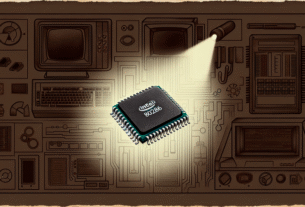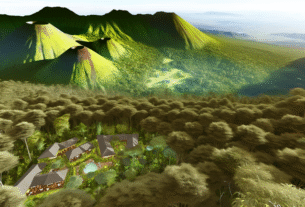Helldivers 2 has landed on PC with a bang, promising frantic cooperative combat and over-the-top action against alien hordes. As eager commanders prepare to dive back into the fray, ensuring your system can handle the onslaught is critical for a smooth experience. From frame rate stability to visual fidelity, every component in your build plays a role in making or breaking those intense firefights.
The bare minimum setup calls for an entry-level graphics card and modest processor. You’ll need at least a four-core CPU clocked around 3 gigahertz, paired with a GPU similar in power to older midrange offerings. A solid 8 gigabytes of RAM and 50 gigabytes of free storage round out the essentials, along with compatibility for DirectX 12 or Vulkan. This configuration lets you join the Helldivers ranks, though you may have to dial back certain settings to keep performance steady.
For a more polished presentation and steadier frame rates, the recommended specifications push you into newer hardware territory. Think six-core or eight-core processors running at higher clock speeds and graphics cards from the current generation. With 16 gigabytes of memory, an SSD for fast load times, and a beefy GPU capable of handling higher resolutions, you can embrace the full spectacle of orbital drops, explosions, and massive enemy swarms without sacrificing fluidity.
These requirements reflect a larger trend in modern PC gaming, where cooperative shooters pack ever more detail and physics simulations into each firefight. Players with older rigs may need to plan for incremental upgrades, especially in the GPU department. For instance, swapping out a budget card for a mid-tier model from the last cycle can yield dramatic improvements in frame consistency and overall responsiveness.
Beyond raw hardware, Helldivers 2’s performance can hinge on optimization tricks like adjusting shadow distances, limiting particle effects, or capping frame rates. These tweaks help sustain a competitive edge by reducing input lag and preventing stuttering during large-scale battles. The cooperative nature of the game also means that one lagging player can impact the entire squad, so fine-tuning settings is a shared responsibility among teammates.
Mid-range enthusiasts will find that customizing graphics sliders and experimenting with resolution scaling can bridge the gap between visual flair and playability. Investing in a quality cooling solution and a reliable power supply ensures sustained performance during marathon sessions. And if you’re streaming or recording your drop into alien worlds, allocating extra CPU threads to these tasks is a wise approach to keep gameplay uninterrupted.
Ultimately, gearing up for Helldivers 2 on PC is about balancing ambition with practicality. Whether you’re scrambling to meet the minimum specs or chasing peak graphical glory, understanding your system’s strengths and limitations will define your experience. With thoughtful upgrades and careful settings adjustments, every commander can suit up, dive in, and save Super Earth without missing a beat.




